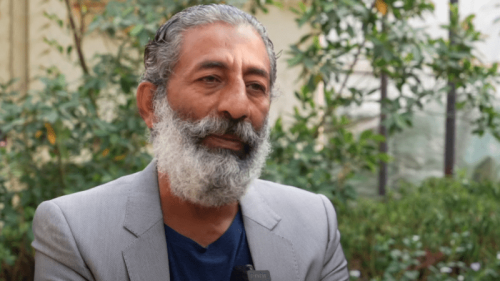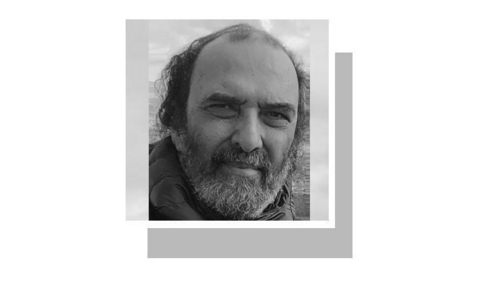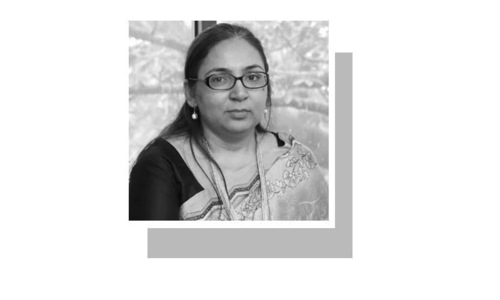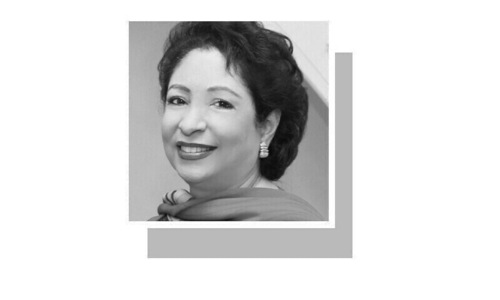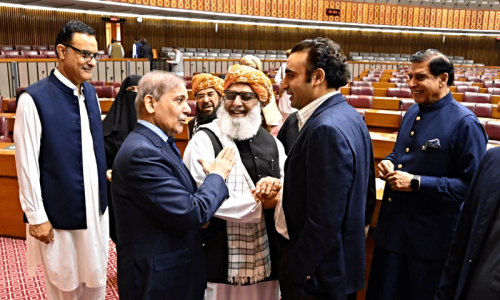TAXILA: The archaeology department Taxila has started tampering with centuries-old Buddha statues at the Jualian stupa, sources in the department told Dawn.
The site is enlisted on the Unesco world cultural heritage list, giving it an international recognition.
The sources said without taking an approval from the international organisations, the officials had initiated a “restoration and preservation” project by hiring private labourers to fix newly-made heads on the statues of the Buddha. The original heads were removed and placed in the Taxila Museum more than eight decades ago.
The sources added that the officials had hired private masons who were using plaster of Paris for placing the new heads on the Budha’s statues. Originally, these heads were made of stucco, they added.
The officials said under the Unesco charter on conservation and restoration of ancient sites known as “World Heritage Convention 1972”, of which Pakistan was a signatory, mortar, as used originally, should be used to renovate any site.” But with the addition of the new heads, the authenticity of the Budha has been lost.
Now no one can realise what is original and what is fake as its authenticity is lost.
The sources said due to the lack of knowledge and technical expertise, the masons had also reduced the hallo of the Buddha to adjust the newly-made heads on it.
“The heads attached to the statues also do not conform to the style and shape used in the ancient times,” said a senior archeologist of the federal department of archaeology, who wished not to be named.
Parts of the heritage, because of their exceptional qualities, can be considered to be of outstanding universal value and as such worthy of special protection, said Asim Meer, the president of an NGO.
It may be mentioned that article 6(3) of the World Heritage Convention states: “...not take any deliberate measures that directly or indirectly damage the heritage.” Article 4 of the convention adds: “Each state party to this Convention recognises that the duty of ensuring the identification, protection, conservation, presentation and transmission to future generations of the cultural and natural heritage belongs primarily to that State.”
According to section 172, “The world heritage committee invites the state parties to the convention to inform the committee of their intention to undertake or to authorise in an area protected under the convention major restorations or new constructions which may affect the outstanding universal value of the property.”
It may be recalled that Unesco stopped the unauthorised reconstruction of Bamiyan Buddhas in Afghanistan in December 2013 by renowned German archaeologists.
The international community reacted furiously to news that a German-led team of archaeologists was reconstructing the feet and legs of the smaller of the two Bamiyan Buddhas, the monumental Afghan sculptures blown up by the Taliban in 2001. The team of archaeologists from the German branch of the International Council on Monuments and Sites (Icomos), led by Michael Petzet, spent most of last year rebuilding the smaller Buddha’s lower appendages with iron rods, reinforced concrete and bricks.
But the situation in Jualian is more dangerous as ordinary masons are installing fake and new heads on Buddha’s statues. Moreover, other than original mortar was utilised on making the Buddha’s heads. The project was being carried out without any intimation or permission from Unesco or Icomos.
When contacted, the in-charge of the restoration work, Massihullah Khan, said the intact statues were not tampered with but “restored” with replicas. He said some Buddha heads were shifted to the Taxila Museum for display in 1928. Now the heads are made as per the original heads put in the museums in the light of pictures and sketches, he added.
Director Department of Archaeology Dr Abdul Sammad told Dawn that the third method of archaeology to protect the ancient sites had been utilised for the treatment of the intact Buddha statues. He said the first method was conservation, the second restoration and the third preservation. He said the objective of the work was to save the Buddha statues from further crumbling besides giving them the originality.
In reply to a a question about the hiring of non-official persons, he said the department lacked trained manpower and had to hire the services of private artists.
About the use of mortar in violation of Unesco charter, he said the best available material was being utilised.
Mr Sammad said the Unesco officials concerned were doing nothing in the preservation and restoration work in Pakistan. He said since 1982 no single ancient site had been put on the world cultural heritage list while every year the list was updated.
Despite repeated attempts, the Unesco Islamabad office representative Jawad Aziz and spokesman Riaz Khan could not be contacted for comments.
Published in Dawn, October 27th, 2014
























